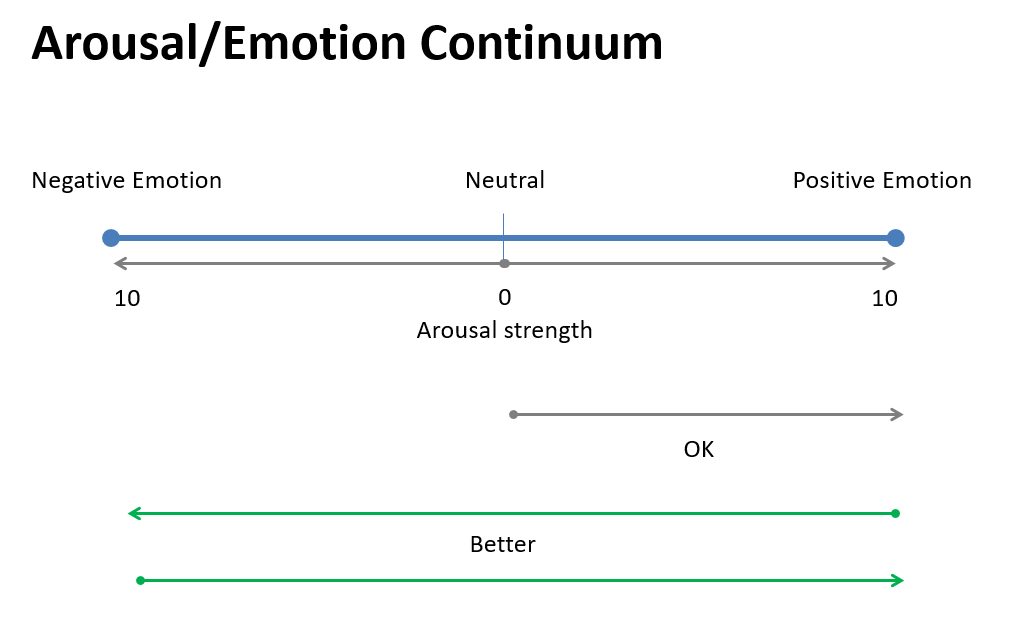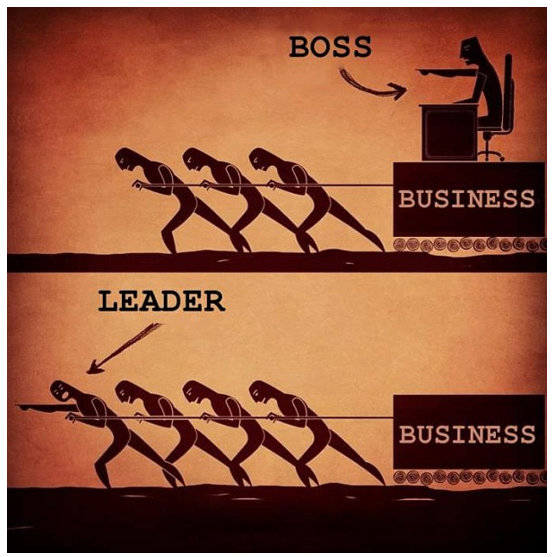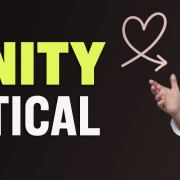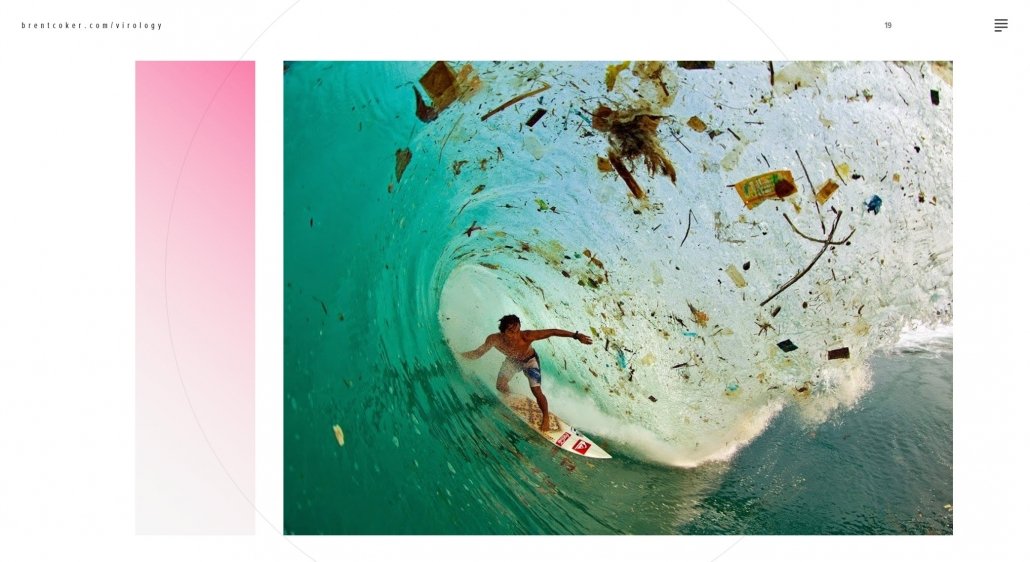Dr Coker’s Going Viral Marketing Framework
What makes content sharable?
What are the psychological triggers that evoke sharing motives, and how are they activated?
Over the past eight years I’ve been researching these questions. A summary of my findings can be found in my book Going Viral, and many of the concepts are also discussed in the Virology Viral Marketing Masterclass.
In this blog post, I will outline the three most important elements: Emotion, Self Enhancement, and Affinity.
Emotion
What does winning a prize and almost getting hit by a car have in common? Both situations invoke strong emotional reactions of course — but both situations also lead to strong word-of-mouth reactions — in both cases you’ll be telling everyone what happened.
Strong Emotions are linked to sharing.
There are two dimensions of emotion: arousal and valence. Although it is critical to use emotions in your marketing content, it is actually the arousal dimension that evokes sharing tendencies. Arousal seems to affect sharing motives through the amygdala part of the brain—a primitive part of the limbic system that is believed to manage feelings-based (affect) memories. Some research suggests it also controls social behaviour. Valence moderates decisions to share marketing content after appraisal from the pre-frontal cortex, though one way to maximise sharing motives is to combine high arousal stimuli of opposite valence.
The science of creating high engagement marketing content using emotions centres on the combination of emotions, and how to maximise the strengths of the emotions to evoke arousal.

Here is an example of a super viral (over 1 million shares) that mixes emotions of opposite valence extremely effectively.
Self Enhancement
Self enhancement is a biological tendency for humans to behave in ways to boost positive self-opinion. It’s believed to be a primary mechanism behind building and sustaining self-esteem. Because self enhancement motives appear to be fixed, it’s an extremely powerful tool for motivating content engagement.
People self-enhance in different ways, and for different reasons. Understanding self-enhancement motives in your target audience is a critical step in the initial phases of creating an online marketing campaign. This requires a deep understanding of psychographic preferences—particularly values and ideals. Oftentimes the required information is not obvious, though there are techniques to more accurately identify self enhancement triggers.
There are three general categories of self-enhancement cues used to guide content creation.
(1) Membership cues. Humans are a group-oriented species. Members of a group are bound by common values or beliefs. If you attend the group’s social meetings you’ll eventually discover what those values and beliefs are—since the topics of conversation give clues about what they might be. For example, motorcycle clubs will mostly talk about the lifestyle of riding a motorcycle, such as near misses with cars, or long-distance adventure tours. These are membership cues—basically things that members in the group think is important and that they all share an interest in. People use membership cues in conversation to confirm, endorse, and legitimise their membership. If membership cues are known, they provide the impetus for content engagement.

Impression management. People share content to manage other people’s impressions of themselves. The usefulness of content that can shape others’ opinions is that it circumvents ego-inflation needs. Content that enables people to manage impressions includes anything that signals something about a character trait that is revered. For example, someone might share a meme that suggests something positive about their work ethic or knowledge of management on LinkedIn.

Approval cues. Approval cues are sought to obtain recognition and respect – two extremely powerful social needs. There’s nothing like the feeling of approval from those around you. When people applaud, laugh, or even pat you on the back, it gives you a tremendous boost in self-esteem. The equivalent of this in social media is engagement (Likes, Retweets, Thumbs up etc). Some types of things people share to earn approval cues may include recent purchases made, recent sporting or life achievements, or amusing situations.
Affinity
Affinity is a feeling of warmth, respect, and deep appreciation for an activity, idea, or object, that endures over time. Affinity is different from emotion, primarily because emotions are short-term and affinity can be used to evoke strong powerful memories – an extremely useful tool for content marketers.
The most important thing to note about affinity is that it’s a requirement for something to go viral. If you don’t invoke affinity, people most certainly won’t share it. In other words, although emotion might be important when creating marketing content, affinity is critical.
There are several ways to invoke affinity, though two of the most popular include the following:
(1) Youth. People value memories from their youth. Activating time-based affinity from youth-based memories requires identifying a theme that has strong meaning. Youth-based memories don’t have to be specific memories, but rather can be characterised by themes, which widens their appeal. For example, everyone has memories of receiving gifts in their youth. These memories are tied to nostalgic times of being young, which do have importance for a wide range of people.
(2) Relationships. Almost everybody has had relationships in their lives that matter. These memories can be general in nature (mothers vs. a specific person). Using this strategy, the task is usually to identify a likely relationship theme, which usually means romantic or family based but could also be mentor based such as a teacher or leader.
A super viral (over one million shares) example of affinity based content using relationships.
These are the three basic elements of the Going Viral framework.
You can find out more about the factors contributing to highly sharable content in my Virology series, or download a free chapter of my book Going Viral.




